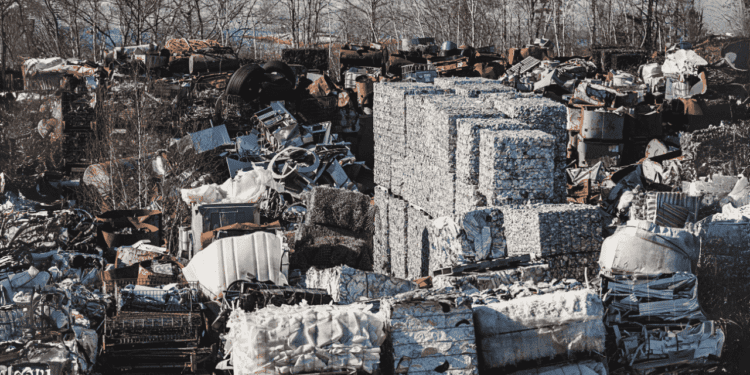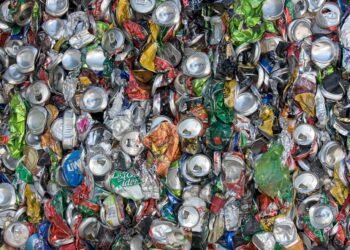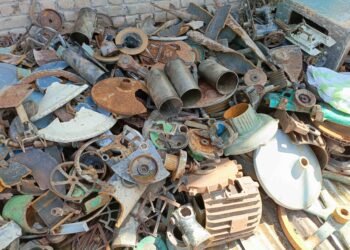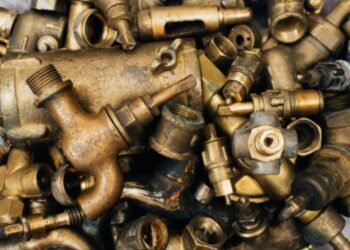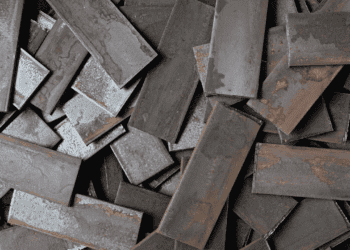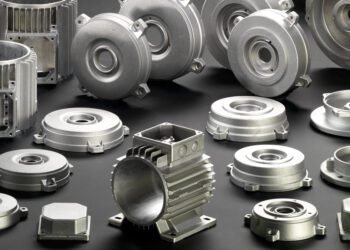Introduction
In today’s world, the concept of scrap holds a significant place, often hidden in plain sight. It encompasses a wide array of materials that are discarded or left over after their primary use. In this comprehensive guide, we will explore the depths of scrap, covering its various types, uses, and the profound environmental impact it carries.
What is Scrap?
Definition
Scrap is essentially any material that remains after the completion of a manufacturing, consumption, or construction process. It is the byproduct of human activity and can take many forms, from metal pieces to discarded electronics.
Join our: Whatsapp Group
Types of Scrap
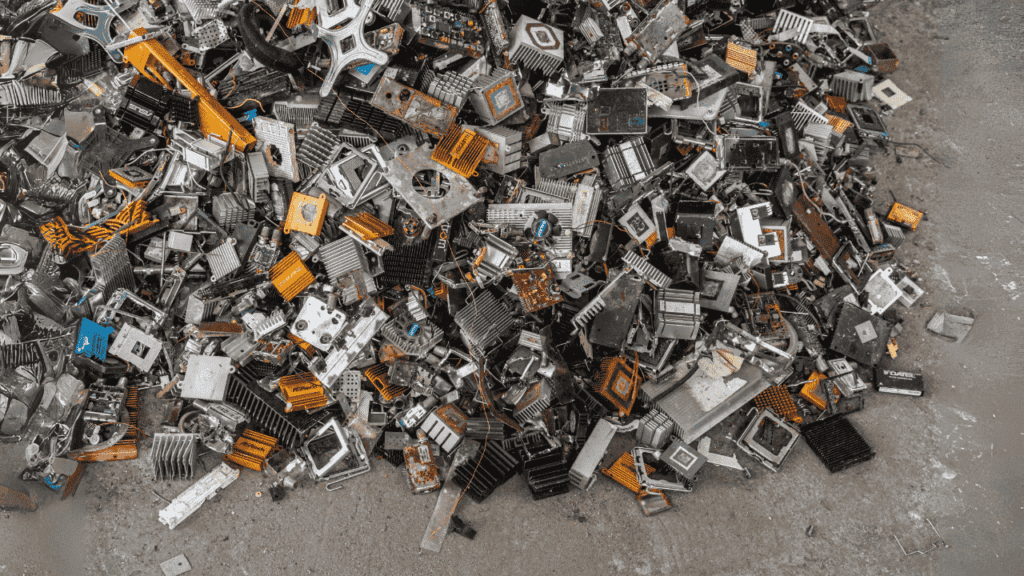
- Metal Scrap: Among the most common types of scrap, metal scrap includes both ferrous (containing iron) and non-ferrous materials such as steel, aluminum, copper, and brass.
- Ferrous Scrap: This includes materials like iron and steel, often found in appliances, construction materials, and vehicles.
- Non-Ferrous Scrap: Materials like aluminum, copper, and brass are prized for their recyclability and are commonly found in electronics, wiring, and plumbing fixtures.
- Plastic Scrap: With the rise of plastic in our daily lives, plastic scrap has become a significant environmental concern. It includes everything from discarded packaging materials to broken plastic products.
- PET Bottles: Among the most common plastic scrap items, PET bottles are used for beverages and personal care products.
- Industrial Plastic Waste: This category includes plastic remnants from manufacturing processes, such as injection molding or extrusion.
- Electronic Scrap (E-Waste): As technology advances at a rapid pace, the disposal of electronic devices has become a pressing issue. E-waste includes old smartphones, laptops, desktop computers, televisions, and other electronic gadgets.
- Obsolete Electronics: Devices that are no longer functional or have been replaced by newer models contribute to the growing e-waste stream.
- Paper Scrap: From the remnants of office documents to discarded packaging materials, paper scrap is a common form of waste in both residential and industrial settings.
Also Read : Copper | Complete Details
- Office Paper: Unused documents, reports, and printouts from businesses and institutions.
- Cardboard Boxes: Packaging materials used for shipping and storage purposes.

- Textile Scrap: In the fashion and textile industries, textile scrap refers to leftover fabric from garment production, as well as discarded clothing items.
- Fabric Scraps: Remnants of fabric left over from cutting patterns and sewing garments.
- Damaged Clothing: Clothes that are no longer wearable due to tears, stains, or other issues.
Items Commonly Found in Scrap
- Automobile Parts: End-of-life vehicles contribute a significant amount of metal scrap, from steel car bodies to aluminum engine components.
- Appliances: Old refrigerators, washing machines, dryers, and other household appliances are often recycled for their metal content.
- Building Materials: Construction and demolition activities generate a vast amount of scrap, including concrete, wood, and metal debris.
- Packaging Materials: Cardboard boxes, plastic containers, and styrofoam packaging contribute to the paper and plastic scrap streams.
Facts About Scrap
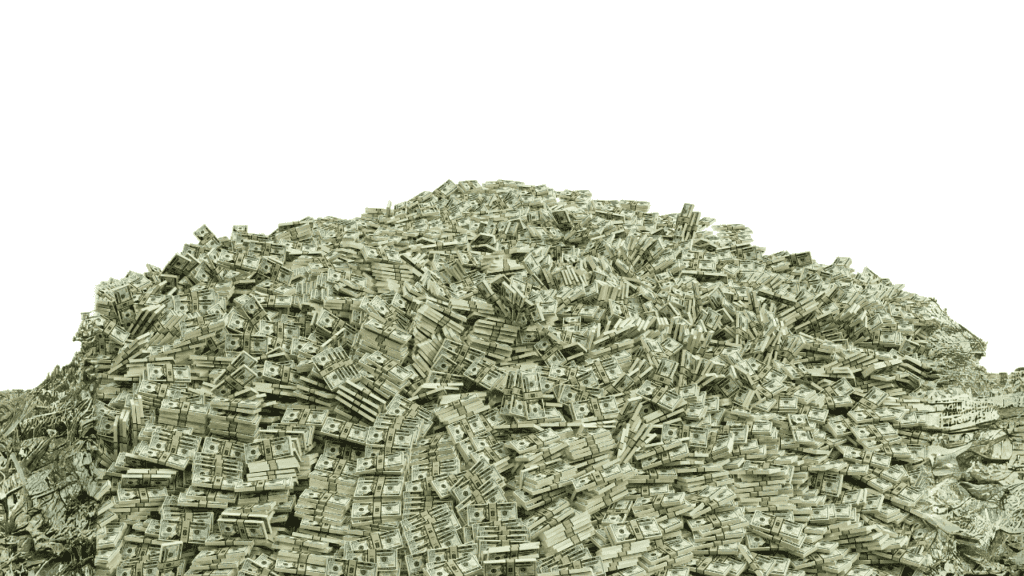
- The global metal scrap recycling industry is estimated to be worth over $500 billion, a testament to the economic significance of scrap materials.
- Recycling one ton of paper can save approximately 17 trees and reduce energy consumption by 64%, highlighting the environmental benefits of paper recycling.
- In the United States alone, more than 120 million cell phones are discarded annually, contributing to the growing electronic waste problem.
Also Check : LME : London Metal Exchange | Complete Details
Synonyms for Scrap
- Waste
- Residue
- Remnants
- Discards
- Debris
Uses of Scrap :
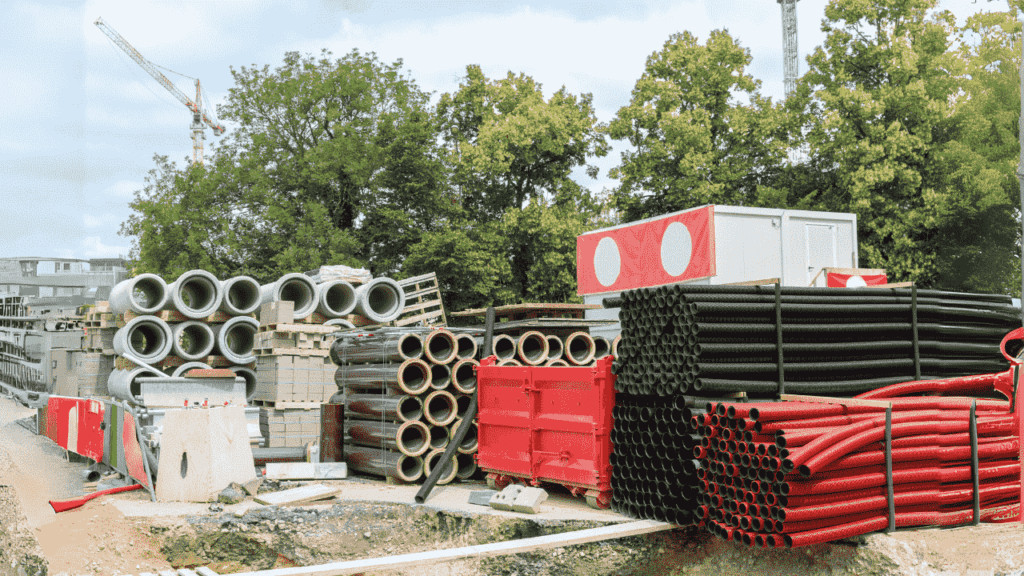
Industrial Applications
- Metal Recycling: Scrap metal is a valuable resource for the manufacturing industry, as it can be melted down and reformed into new products.
- Example: Old steel beams from demolished buildings can be recycled into new construction materials.
- Plastic Reprocessing: Despite the challenges of plastic recycling, many companies are finding innovative ways to turn plastic scrap into new products.
- Example: Recycled PET plastic bottles can be transformed into polyester fibers for clothing and textiles.
- Paper Pulping: The process of breaking down paper scrap into pulp allows for the creation of new paper products.
- Example: Used cardboard boxes can be pulped and turned into packaging materials for shipping.
Artistic and Creative Endeavors
- Upcycling: Turning scrap materials into new, useful, and often aesthetically pleasing items is a popular trend among artists and DIY enthusiasts.
- Example: Creating furniture from reclaimed wood pallets or metal scraps.
- Art Installations: Many artists use scrap materials as mediums for their artworks, drawing attention to recycling and environmental issues.
- Example: Sculptures made from discarded electronics or plastic bottles.
Also Read : Top 5 Most Common Types of Metals and Their Uses
Health Effects of Improper Scrap Disposal
- Air Pollution: Burning of scrap materials releases harmful toxins such as dioxins and furans into the atmosphere, contributing to respiratory illnesses.
- Soil Contamination: When scrap is disposed of in landfills, chemicals from the materials can leach into the soil, affecting plant growth and contaminating groundwater.
- Health Risks to Workers: Those involved in the collection, sorting, and processing of scrap materials may be exposed to hazardous substances, leading to long-term health problems.
Environmental Impact of Scrap
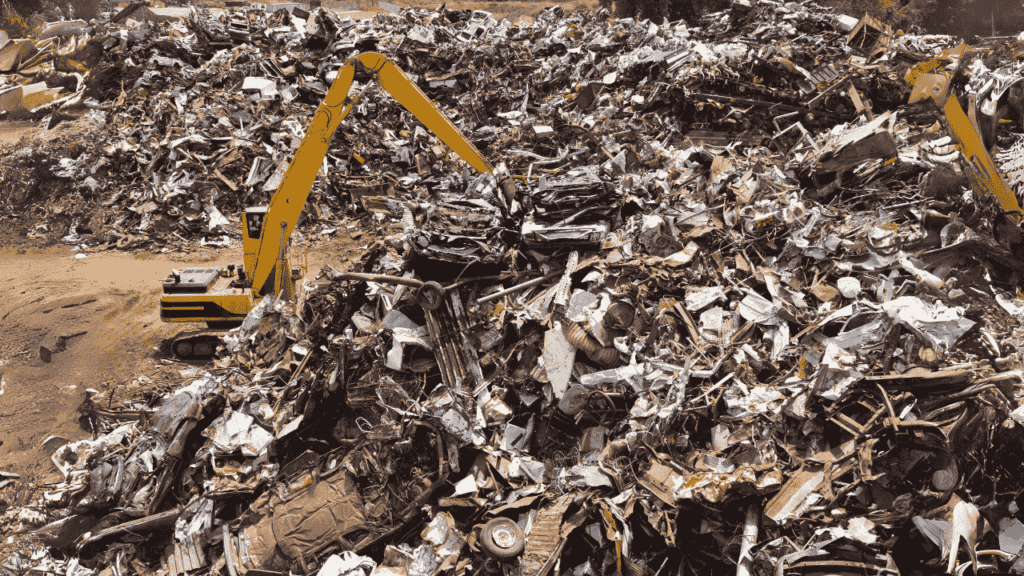
Positive Aspects
- Resource Conservation: Recycling scrap reduces the demand for virgin materials, preserving natural resources such as forests, minerals, and oil.
- Energy Savings: Processing recycled materials often requires less energy than extracting and refining raw materials.
- Reduction of Greenhouse Gas Emissions: By diverting scrap from landfills and incinerators, recycling helps mitigate climate change.
Negative Aspects
- Landfill Overflow: When scrap materials are not recycled, they contribute to the ever-growing volume of waste in landfills, taking up valuable space.
- Habitat Destruction: The extraction of raw materials to replace recycled scrap can lead to deforestation, habitat loss, and ecosystem disruption.
Visit Our Prices Page For Latest Metals Rates
The Importance of Scrap Recycling
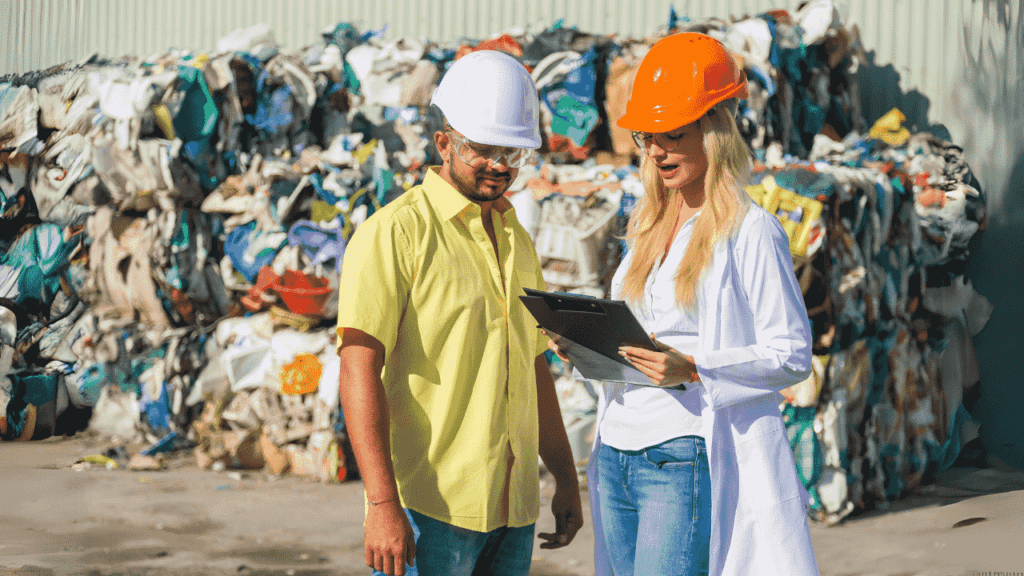
- Sustainable Resource Management: By recycling scrap materials, we reduce the strain on finite natural resources and promote a circular economy.
- Reduction of Carbon Footprint: Industries that utilize recycled materials instead of virgin resources contribute to lower greenhouse gas emissions.
- Economic Benefits: The scrap recycling industry generates jobs, stimulates economic growth, and provides valuable raw materials for manufacturing.
The Future of Scrap Management
As we navigate towards a more sustainable future, the management of scrap will continue to evolve. Innovations in recycling technologies, increased awareness about the benefits of recycling, and stringent environmental regulations will shape how we deal with scrap in the years to come.
Frequently Asked Questions (FAQs)
Here are some quick answers to common questions about scrap:
1. What is Scrap?
- Scrap is leftover material, like metals, plastics, electronics, paper, and textiles, after we’re done using it.
2. What Types of Scrap are There?
- Metal Scrap: Includes steel, aluminum, copper, and more.
- Plastic Scrap: Like PET bottles and industrial plastics.
- Electronic Scrap: Old phones, laptops, and TVs.
- Paper Scrap: Discarded documents and cardboard.
- Textile Scrap: Leftover fabric and old clothes.
3. How is Scrap Used?
- Recycling: Scrap is melted down to make new metal, plastic, and paper products.
- Artistic Creations: Some turn scrap into art or new items.
- Industrial Uses: Used in industries to save money and resources.
4. What’s the Impact of Scrap on the Environment?
- Air and Soil Pollution: Burning or dumping scrap can release harmful chemicals.
- Habitat Destruction: Mining new materials instead of recycling scrap harms nature.
5. Why is Scrap Recycling Important?
- Saves Resources: Recycling reduces the need for new materials.
- Energy Efficient: It takes less energy to recycle than to make new things.
- Less Waste: Keeps materials out of overflowing landfills.
Join our: Whatsapp Group
6. Are There Health Risks with Scrap?
- Exposure to Toxins: People handling scrap can be exposed to harmful substances.
- Respiratory Problems: Burning scrap materials can release pollutants.
7. How Can Individuals Help with Scrap Recycling?
- Sort Waste: Separate recyclables like metal, plastic, and paper.
- Support Recycling Programs: Participate in local recycling efforts.
- Reduce and Reuse: Use items again or recycle them when done.
8. What’s Changing in Scrap Management?
- Better Recycling Tech: New methods make it easier to recycle.
- Circular Economy: Businesses are finding ways to reuse and recycle more.
- Stronger Regulations: Governments are making rules for better waste management.
9. How Does Scrap Recycling Benefit the Economy?
- Creates Jobs: The scrap recycling industry provides employment.
- Cost Savings: Using recycled materials can be cheaper for businesses.
- Encourages Innovation: Finding new uses for scrap materials drives creativity.
10. What Can Businesses Do to Reduce Scrap?
- Cut Waste: Optimize processes to create less scrap.
- Recycle Materials: Set up systems to collect and reuse scrap.
- Work with Recyclers: Partner with recycling companies for proper disposal.
Conclusion:
In our exploration of scrap, we’ve uncovered a world of hidden treasures and untapped potential. From the remnants of everyday life to the industrial leftovers, scrap is far more than mere waste—it’s a valuable resource waiting to be reclaimed.
Through our journey, we’ve delved into the various types of scrap, from the sturdy metals like steel and aluminum to the versatile plastics and the ever-evolving world of electronic waste. We’ve seen how scrap finds new life in industrial applications, becoming the building blocks for new construction materials, clothing fibers, and packaging solutions.
Not just limited to the factory floor, scrap takes on artistic forms in the hands of creatives, transforming into stunning sculptures and upcycled furniture. We’ve also faced the reality of improper disposal, understanding the grave environmental impacts of burning, leaching, and habitat destruction.
But amidst these challenges, the importance of scrap recycling shines through. It’s not just about saving trees or reducing emissions; it’s about creating a sustainable, circular economy where resources are valued and reused. Recycling scrap isn’t just an environmental effort—it’s an economic opportunity, creating jobs and driving innovation.
Looking to the future, we see a landscape of possibilities in scrap management. With advancing technologies, growing awareness, and stricter regulations, we can pave the way for a greener, more efficient world.
In conclusion, let’s not overlook the value of scrap. It’s not the end of the line for materials—it’s a new beginning. By embracing scrap recycling, we can build a future where waste becomes a thing of the past, and sustainability becomes the norm.



